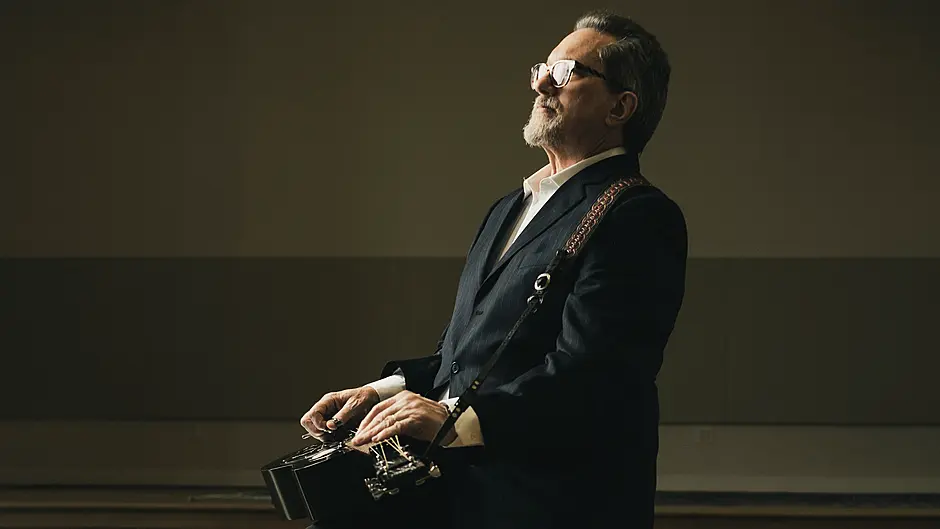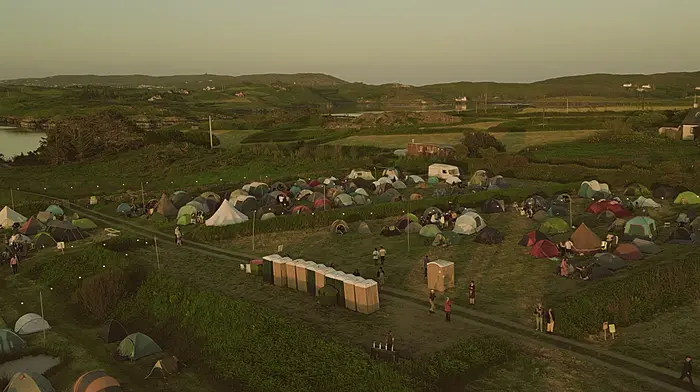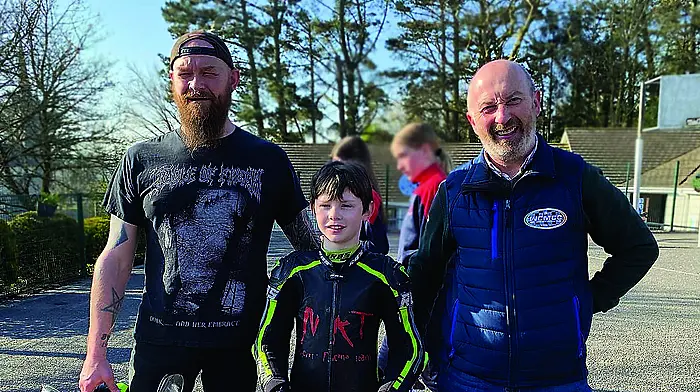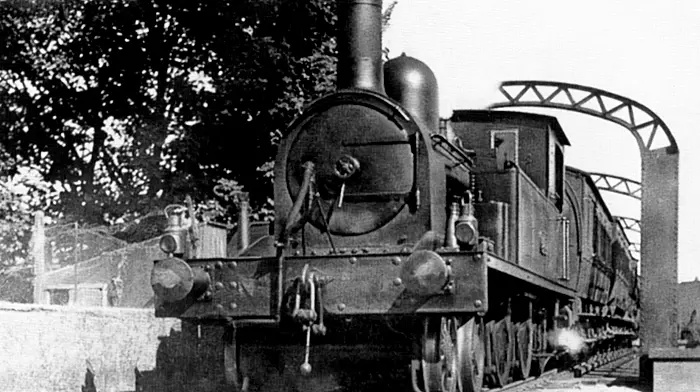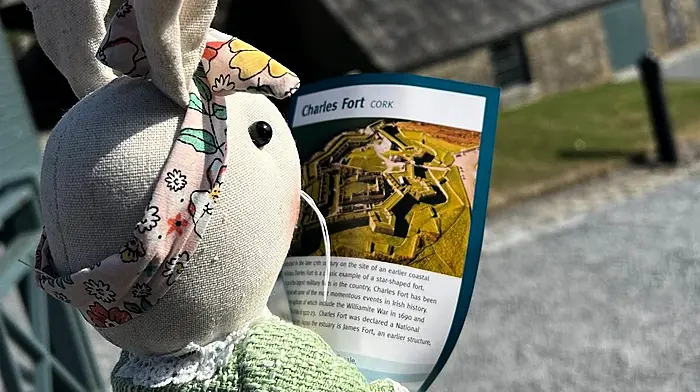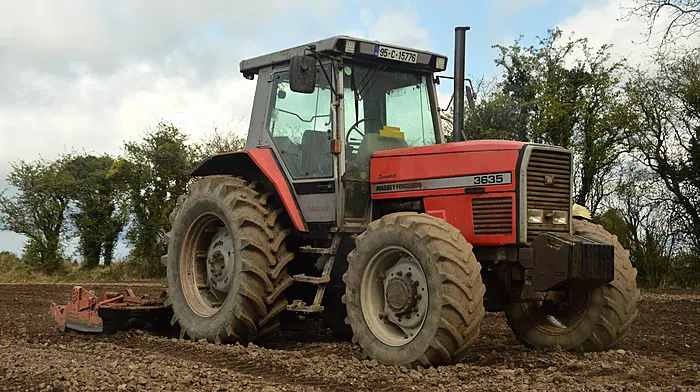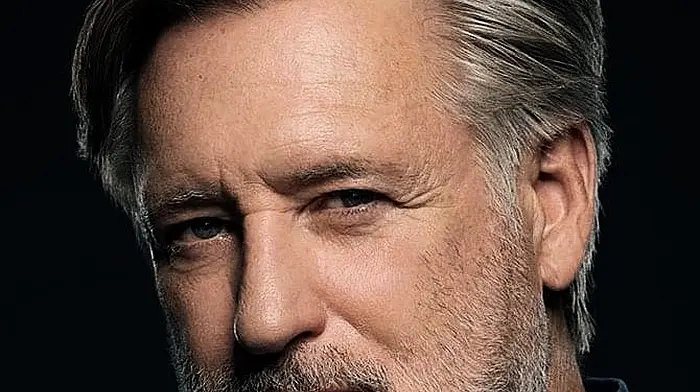A TRUE musicians’ musician, dobro player Jerry Douglas’ name might not register immediately, but there’s a really good chance you’ve heard his playing on at least one of the 1,500+ albums that he has worked on.
With an equally impressive list of awards to his name, including no fewer than 16 Grammys, he is described as ‘being to the resonator guitar what Jimi Hendrix was to the electric guitar’.
His genre-defying career incorporates elements of country, bluegrass, rock, jazz, blues, and Celtic music and he has worked with artists including Garth Brooks, George Jones, Paul Simon, Alison Krauss, Maura O’Connell, John Hiatt, John Martyn, James Taylor, Emmylou Harris, Elvis Costello, Earl Scruggs, Ray Charles, Tommy Emmanuel, Eric Clapton and many, many others.
Douglas is performing at this year’s Skibbereen Arts Festival as part of a double bill with folk/blues prodigy Muireann Bradley. No stranger to Ireland, this will be his first time performing this far ‘down’ the country – his closest gig previously having been in Ballincollig in 2019.
He spoke to The Southern Star from his home in Nashville last week about the upcoming West Cork show, his approach to collaboration and his love for Irish music.
‘I’m really looking forward to getting back to Ireland, and any time I get to spend there I count as special time. I’ve always wanted to go to the [Baltimore] Fiddle Fair but if this is as close as I get, I’ll take it!’
Jerry’s show in Skibbereen will feature special guest Muireann Bradley from Donegal, a young guitarist and singer who shot to international attention when she appeared on Jools Holland’s New Year’s Eve Hootenanny on BBC at the turn of the year. ‘I’ve never met her, but yeah, I’ve heard her and she’s great. We’re going to have a good night. I don’t know what we’re going to play together on the night, but we’ll arrange that when I get there.’
Douglas believes his chosen instrument, the dobro, while not native to Gaelic music, is particularly suited to the genre. ‘It works so well because it’s so much like the human voice. There’s so much sustain and soul in the notes and this really suits that music.’
Known for his work with great singers, he is drawn to certain traits in them.
‘It’s the feeling that their voice might put out, you know? I’m drawn to really smooth, finished voices. I also like to work with people who write, because you can get in on the ground floor of what the whole idea for the song is at that point.’
As an instrumentalist, he is acutely aware of his relationship with the singer within the musical landscape.
‘The vocal is the lead, it wins every time. I try to sit back into the musical picture that you’re hearing and accompany the vocalist, and then occasionally step out and take a solo, but I feel like I want to hear what they have to say. I don’t want to interfere with it. It’s like a conversation, you know? You don’t break in on the middle of somebody’s conversation when they’re just about to get to the point, you know?’
Jerry clearly remembers the first time he felt the lure of Irish traditional music. ‘I was at the Philadelphia Folk Festival and a band came on that was playing Celtic music and at the time I didn’t even know what it was.
‘They came on with all of this power and energy and beautiful melodies. The way everybody worked together, it was like a finely-made basket – things weaved in and out and everybody played together, but not on top of each other. It was powerful. I guess it was the Scots-Irish in me that raised up and went “that’s your music right there”. I chased it down after that and went to Ireland. It gives you such a great feeling and the whole audience gets involved. It makes everybody feel as one entity.’
Finally, if not the dobro, what other instrument might he have chosen?
‘Wow … hmmm. I love the [uilleann] pipes. I love what they do. Pipes to me are a lot like the dobro – there’s no fret like on a guitar that stops the note. You have to be able to hear that note and to make that note pure. That’s when it has the most effect on people. The pipes are such an emotional instrument – I think they would probably be my pick. And I’d go to Michael McGoldrick straight away for lessons!
Jerry Douglas plays a squareneck variety, which is played on the flat and using a heavy metal slide to pitch the notes rather than fretting the strings like on a conventional guitar.
• Jerry Douglas is appearing at Skibbereen Town Hall with Muireann Bradley this Tuesday, July 30th. See www.skibbereenartsfestival.com for more.
WHAT IS A DOBRO?
A dobro is the name given to a type of guitar with an in-built aluminium resonator cone. The name comes from the Dopyera Brothers who came up with the first designs back in the 1920s, in an attempt to make guitars louder (before the days of amplification) so they could compete against other instruments in a band setting. The aluminium cone serves to project the sound out from the body of the instrument.

